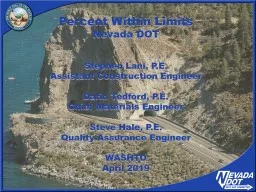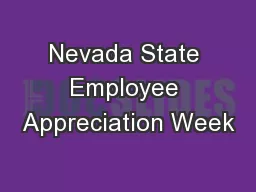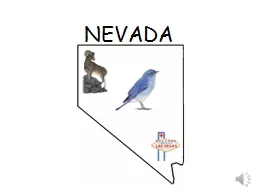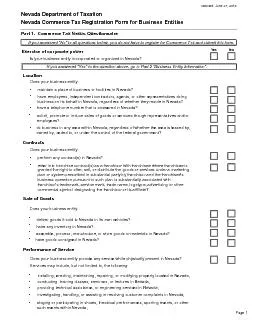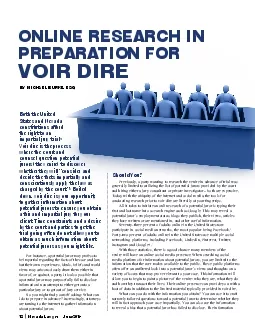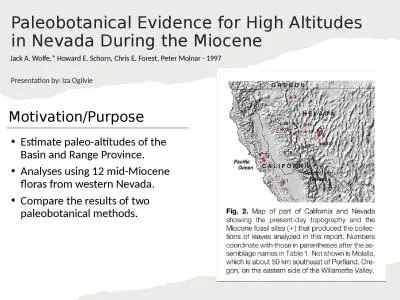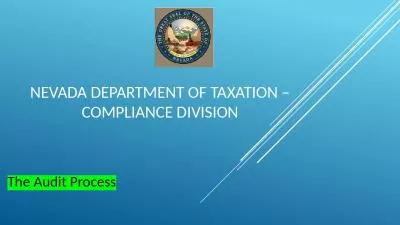PPT-Percent Within Limits Nevada DOT
Author : attentionallianz | Published Date : 2020-08-28
Stephen Lani PE Assistant Construction Engineer Darin Tedford PE Chief Materials Engineer Steve Hale PE Quality Assurance Engineer WASHTO April 2019 Outline What
Presentation Embed Code
Download Presentation
Download Presentation The PPT/PDF document "Percent Within Limits Nevada DOT" is the property of its rightful owner. Permission is granted to download and print the materials on this website for personal, non-commercial use only, and to display it on your personal computer provided you do not modify the materials and that you retain all copyright notices contained in the materials. By downloading content from our website, you accept the terms of this agreement.
Percent Within Limits Nevada DOT: Transcript
Download Rules Of Document
"Percent Within Limits Nevada DOT"The content belongs to its owner. You may download and print it for personal use, without modification, and keep all copyright notices. By downloading, you agree to these terms.
Related Documents

